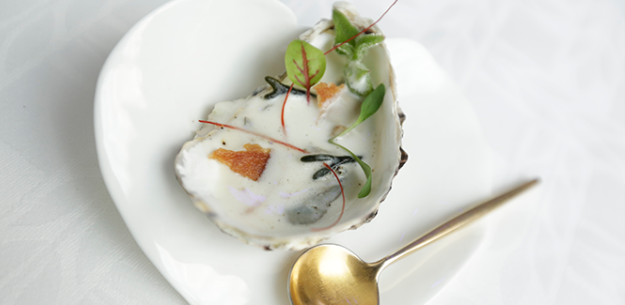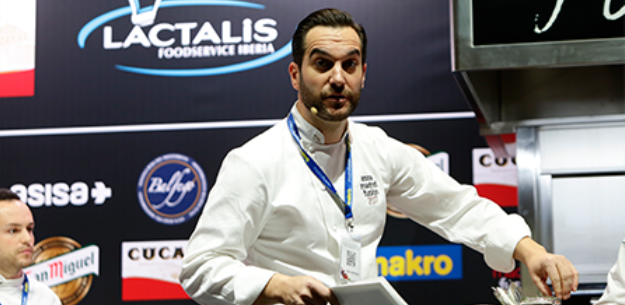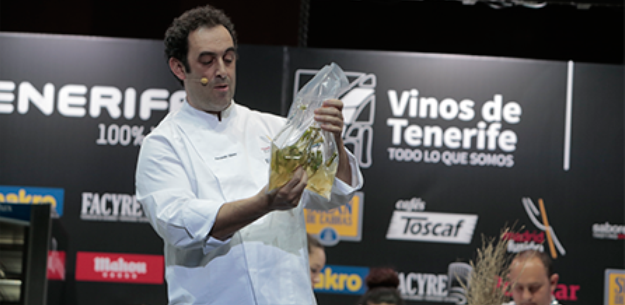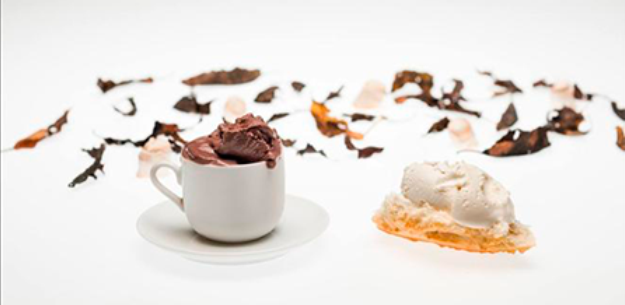"Live" food
Chef Mario Sandoval has once again surrounded himself with researchers and scientists, this time to create a new conceptual line for the menu at his Coque restaurant. His focus is working with fermented food. "This research into live organisms has led us to discover a new flavor dimension, with more acidic and sour notes", explains the Madrid chef. To achieve this, he turned to these five elements: kombucha (a fungus from Asia), sauerkraut, pickles, misos and Korean kimchis. From here, Sandoval began experimenting with different fermentation times, as well as with applications for traditional Spanish foods like pulses, vegetables and game. Mario Sandoval sums up his work with "live" food in the following way: "We use them to create healthier, more sustainable and more flavorful dishes". What more could you ask for?
Ángel León and bioluminescence
Ángel León, the Chef of the Sea, yearns to work with light in a way that no one ever has before. This chef from Cádiz has discovered that there are proteins and enzymes in certain sea creatures that are capable of illuminating the dishes from his kitchen. By applying a natural lyophilization process, he has been able to extract the luciferin protein and luciferase enzyme from a certain species of crab, which, when combined, can illuminate a food – creating light out of dark. There are multiple applications for this technique, both in terms of creative cuisine and as a way of presenting traditional recipes like stewed potatoes with squid, given that when the protein comes into contact with the stew's broth, it naturally generates this truly stunning point of light.
Mauricio Giovanini and his new gelatins
From Messina restaurant in Málaga, Cordoba-native and chef Mauricio Giovanini has embarked on a new line of research based on the search for new, natural gelatins. The primary application for these products is as natural thickeners. They are extracted from the collagen found in different animals: cattle, sheep, pigs and fish like rays and cod; in addition to vegetables like yucca or macadamia nuts.
Avant-garde ice cream
Everyone knows that the world of avant-garde ice cream is led by Fernando Saénz (Della Sera and Obrador Grate), a master of chilly gastronomy who is revolutionizing cuisine from an icy point of view. The first of his two most recent provocations is Camino de Santiago ice cream, which seeks to recreate the sensations experienced by a pilgrim upon walking a portion of this famous route in La Rioja. This summer stroll is infused with notes of almonds, fennel shoots and the aroma of an unharvested stalk of wheat. Pure landscape poetry. The second, Choco-Bosque y Queso de Cueva, is an ice cream that captures the aromas and dampness of the forest through the use of leaves from trees and mushroom stems. The moist sensation is achieved through a drying and rehydration process that seeks to replicate the nuances of oxidation. Pure landscape poetry.

.png.transform/rendition-xs/image_image%20(1).png)







